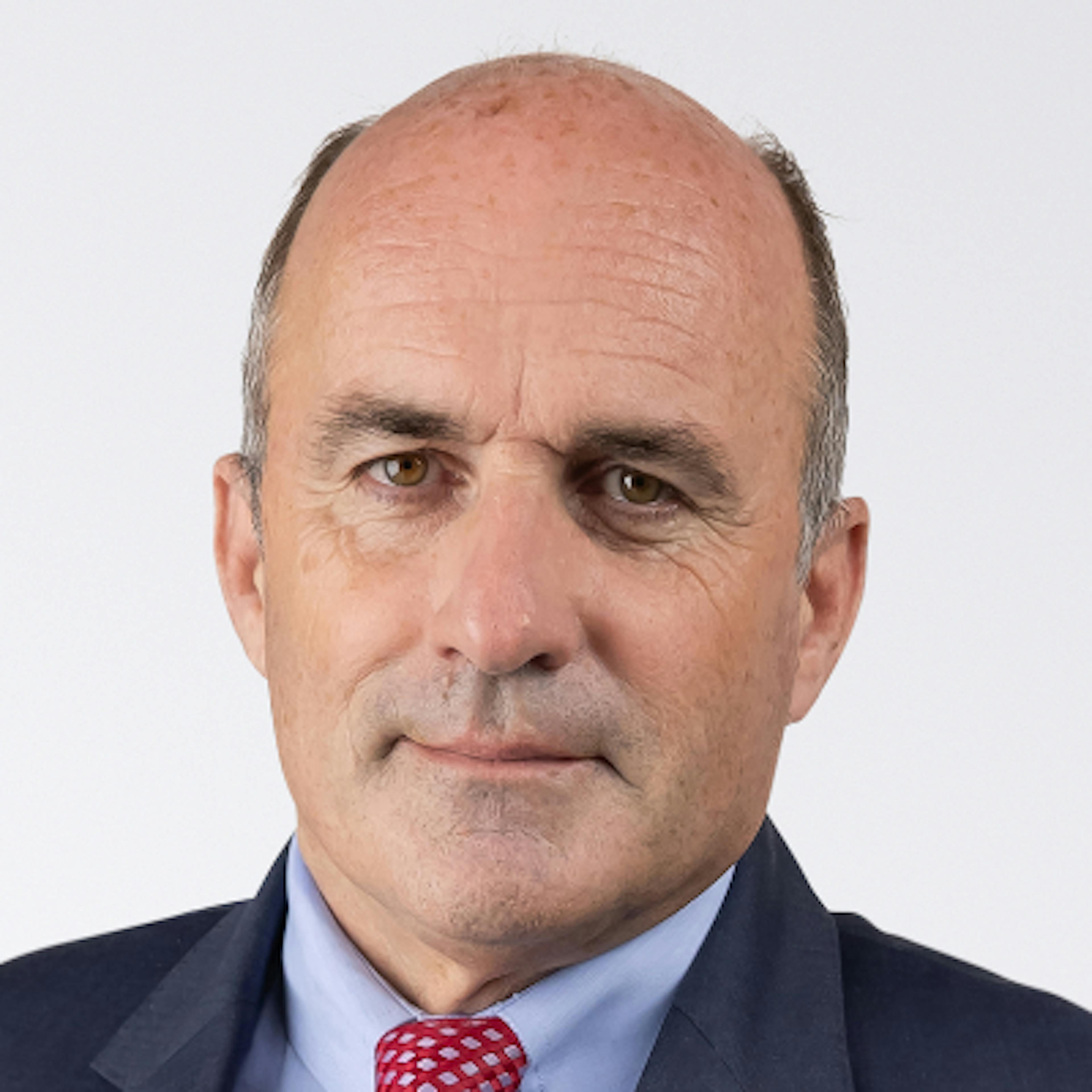
Long live August!
Carmignac’s Note
The biggest surprise in recent quarters has certainly been the resilience of the US economy. How did it so firmly withstand a whopping 500 bp increase in the FED’s policy rate in the space of just 17 months?
We had already pinpointed the main factors at work: the sizeable excess savings that consumers built up during the pandemic, which supported consumer spending; a wealth effect caused by lofty financial-asset and real-estate prices; and wage increases that helped households cope with rising inflation. But that still doesn’t square the circle. We, like many investors, have been pushing back our forecasts quarter after quarter for when the US economy will start contracting. And that contraction has yet to come.
The still-absent slowdown has prompted a rise in both US and European bond yields. These rates now sit at their highest levels since the cycle began in March 2020 – even though US headline inflation tumbled from 9% in June 2022 to 3.2% in July 2023. The upwards pressure on long-term interest rates eventually took its toll on stock markets. Equities lost 5%–9% in August after ending July at year-to-date highs.
Should we be worried that the US recession will occur concurrently with high interest rates?
Or should we instead look for “immaculate disinflation” in the coming months – that is, disinflation engineered by central-bank rate hikes that aren’t strong enough to cause a recession?
To answer these questions, we first need to determine whether the current divergence between interest rates and inflation is normal. Our research clearly shows that during the last long inflationary stretch (1965–1980), interest rates tended to fall after inflation did, with a 6–18 month lag. But whenever the trend reversed, interest rates rose before inflation. We also saw that throughout this long stretch, which occurred in waves, fixed income markets correctly expected inflation to last. As a result, bond yields rose for longer periods than inflation and fell for shorter periods.

We can therefore conclude that what we’ve observed in recent quarters – a delayed response of bond prices and yields in mirroring the downturn in inflation – is “normal,” if we consider that the inflationary pressure will likely persist.
However, that doesn’t exclude the possibility of a near-term decline in bond yields, provided that central banks remain credible in their efforts to fight inflation.
Next, we need to look at what leading economists are saying. Their message is clear: the tight job market and the prospect of an upcoming rebound in US manufacturing (already!) will encourage the FED to keep its policy rate high for as long as possible. This should eventually bring about the long-awaited economic slowdown. Consumers’ excess savings are evaporating rapidly, meaning they have less spare capacity to serve as the engine of the US economy. What’s more, the effects of monetary tightening always reach the economy with a lag. And since this tightening cycle occurred over such a short period of time, much of the effects will probably just now start to be felt.
At the time of writing, it looks like August could very well be the month in which interest rates exceed core inflation (i.e. excluding food and energy prices) for the first time since March 2021. In addition, the decline in consumer price growth should continue owing to seasonality effects, so it’s possible that the 10-year US Treasury yield will gradually slide back towards 3.5% from its August high of 4.36%.
We therefore see no reason why the recent stock market correction should become more severe. However, we do see reasons to believe our bond investments will support our portfolios’ returns. Growth stocks with good earnings visibility and quality prized by investors, should continue their upwards march, bolstered by the decline in long-term interest rates, for the foreseeable future.
Financial markets, like many of us, took a break in August. They now seem eager to show off their newfound energy. We nevertheless believe a high degree of caution is called for, as interest rates currently indicate the inflation beast may not yet be tamed. If that’s the case, we’ll need to quickly reorient some of our investments towards those assets best suited to inflationary environments. Agility needs to be our watchword now that the business cycle is back.
Have a great start to the fall.
Related articles



